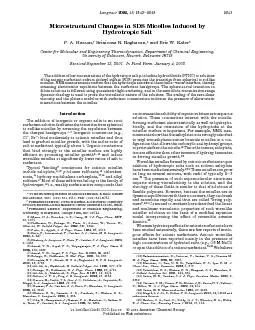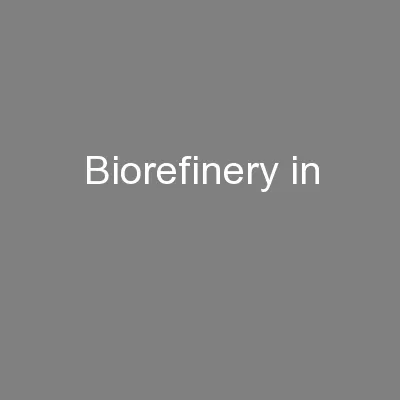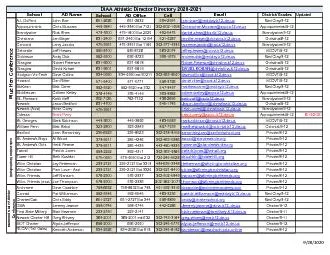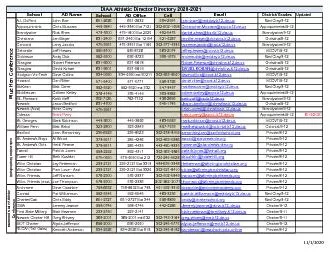PPT-BCH 302 [practical]
Author : briana-ranney | Published Date : 2017-01-25
LipidsII Fatty Acids can be classified to A S aturated Fatty Acids Fatty acids have no double bonds side chain are alkane 1Short chain From 4 to 10 Carbon
Presentation Embed Code
Download Presentation
Download Presentation The PPT/PDF document "BCH 302 [practical]" is the property of its rightful owner. Permission is granted to download and print the materials on this website for personal, non-commercial use only, and to display it on your personal computer provided you do not modify the materials and that you retain all copyright notices contained in the materials. By downloading content from our website, you accept the terms of this agreement.
BCH 302 [practical]: Transcript
Download Rules Of Document
"BCH 302 [practical]"The content belongs to its owner. You may download and print it for personal use, without modification, and keep all copyright notices. By downloading, you agree to these terms.
Related Documents

![PPT-BCH 302 [practical]](https://thumbs.docslides.com/513674/bch-302-practical.jpg)


![BCH 302 [practical]](https://thumbs.docslides.com/578213/bch-302-practical-.jpg)




![[EBOOK]-Ford 289 . 302 . Boss 302 & 351W (Hot Rod on Great American Engines Series)](https://thumbs.docslides.com/956651/ebook-ford-289-302-boss-302-351w-hot-rod-on-great-american-engines-series.jpg)
![[READ]-Ford 289 . 302 . Boss 302 & 351W (Hot Rod on Great American Engines Series)](https://thumbs.docslides.com/957607/read-ford-289-302-boss-302-351w-hot-rod-on-great-american-engines-series.jpg)


![BCH 302 [practical] Proteins I](https://thumbs.docslides.com/1026124/bch-302-practical-proteins-i.jpg)
